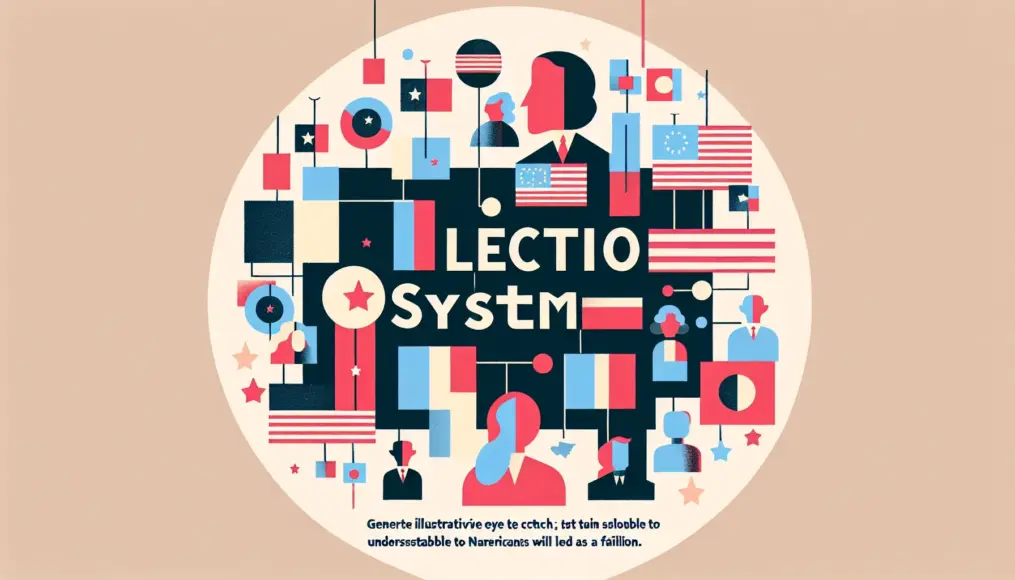Women’s employment issues are a crucial topic in our society today. By looking back at history, we can gain insights into the current challenges and their underlying causes. Understanding the evolution of women’s employment in post-war Japan helps us discover potential solutions for the future.
In this article, we will explore various perspectives on women’s employment challenges. We’ll discuss the gender disparities present in the workplace and the hurdles women face in building their careers. Additionally, we’ll share specific success stories and lessons learned from failures. We invite you to reflect on these points with us.
- Delving into the historical background of women’s employment issues
- Examining gender disparities in modern workplaces
- Highlighting solutions and corporate initiatives
The Historical Context of Women’s Employment Issues
Women’s employment has garnered increasing attention in today’s society, but its roots run deep in history. In post-war Japan, while women began to make strides in the workforce, various employment-related issues came to light. This chapter explores the employment situation of women in post-war Japan and examines the changes in laws and systems that have shaped the current challenges they face.
Women’s Employment Situation in Post-War Japan
After the war, Japanese women rode the wave of a new era, gradually expanding their roles in the workplace. However, many were initially confined to the role of “housewife,” with limited options available to them in the job market. As more women received education, laws began to emerge that supported their advancement in society, yet discrimination and unequal treatment in the workplace persisted.
Today, while the employment rate of women has risen, many challenges remain. In particular, the lack of adequate systems to support women balancing childcare and family responsibilities continues to create a tough environment for those pursuing careers. Understanding how this historical background influences today’s employment issues is crucial.
- After the war, women in Japan began to advance in society.
- There was a time when women were forced into the role of housewives.
- Even today, many challenges remain in the employment environment for women.
Changes in Laws and Systems
Laws and systems related to women’s employment have also evolved over time. In the 1950s, the Equal Employment Opportunity Law was enacted, gradually acknowledging women’s rights. However, the practical reflection of this legal framework in actual workplaces remains a challenge. For instance, even when men and women hold the same positions, there often exists a disparity in salaries and promotion opportunities, highlighting the gap between law and reality.
Recently, amendments to parental leave laws and the introduction of systems promoting flexible work arrangements have been taking place. However, if corporate culture and mindsets do not change, these systems often fail to function effectively. To overcome women’s employment issues through the evolution of laws and systems, a broader societal awareness shift is necessary.

If you found this article interesting, you may also want to check out “Realities Revealed Through Experiences of Women Facing Work Challenges.” This piece shares real experiences of women confronting inequality in the workplace and career advancement, providing deeper insights into employment issues.
- The Equal Employment Opportunity Law was enacted in the 1950s.
- Even with laws in place, disparities remain in the actual employment environment.
- A societal awareness shift is needed to address these issues.
The State of Women’s Employment Today
In recent decades, the employment landscape for women has improved significantly due to persistent efforts, but many issues still linger. Gender disparities in the workplace and challenges related to women’s career development remain pressing concerns that need addressing. In this section, we’ll explore how these issues manifest and their impact on our society.
Gender Disparities in the Workplace
Today, gender disparities continue to exist in the workplace, particularly evident in income and promotion opportunities. Many companies still pay women less than their male counterparts for performing the same job. This situation makes it difficult for women to confidently build their careers and, in turn, negatively affects overall societal growth.
Moreover, the burden of childcare and household responsibilities often falls disproportionately on women, further exacerbating workplace gender disparities. Many women struggle to balance work and family life, making it challenging to work full-time. This reality limits their opportunities for career advancement, creating a vicious cycle of increasing inequality.
- Gender income disparities persist in the workplace
- Women bear a significant burden regarding childcare and household responsibilities
- Various factors impact women’s career development
Challenges in Women’s Career Development
The obstacles women face in shaping their careers stem from a complex interplay of factors. Firstly, it’s essential for the workplace environment to be conducive to women’s employment, yet many areas still require significant improvement. For instance, there are still numerous companies lacking systems to support flexible working arrangements and parental leave.
Additionally, it’s crucial for women to have a clear vision of their career paths. Unfortunately, societal pressures and stereotypes often make it difficult for them to pursue their careers with confidence. To overcome these challenges, both companies and society as a whole must actively provide support.
- Numerous challenges exist in women’s career development
- Improvement in the workplace environment is needed
- Societal pressures undermine women’s confidence
Insights on Employment Issues Through Personal Experiences
Understanding the challenges women face in the workforce requires us to learn from real-life experiences. Success stories, as well as lessons drawn from failures, offer valuable insights into how we can effectively address these issues. In this section, we will delve into specific case studies to gain a deeper understanding of the realities surrounding women’s employment.
Highlighting Success Stories
Recently, a company made headlines by significantly increasing the ratio of women in management positions. They implemented a special program aimed at fostering female leadership. This initiative included mentorship opportunities and training sessions designed to enhance skills, allowing participants to advance their careers with confidence.
As a result, the rise in female managers contributed to a more positive workplace atmosphere and boosted overall employee morale. This success not only had a favorable impact on the company culture but also led to improved business performance. The hope is that such initiatives will become more widespread, ultimately helping to resolve the issues surrounding women’s employment.
- Success story of a company that increased the number of women in management
- The effectiveness of mentorship programs and training
- Contributions to workplace atmosphere and overall performance
Lessons Learned from Failures
On the flip side, there are important lessons to be gleaned from failures. One company launched a special campaign to enhance female recruitment. However, they soon found that the work environment was not conducive for women, leading to high turnover rates among the newly hired female employees. This case highlights that superficial efforts alone are insufficient; genuine improvements in the work environment are essential.
Moreover, corporate culture and values can also pose barriers to women’s success. Without a shift in employee mindset, even the best policies can fall short. It’s crucial to recognize that learning from such failures is necessary as we strive for a better future.
- Case study of a failed female recruitment campaign
- The importance of establishing a supportive work environment
- Recognition of the need to improve corporate culture
Solutions and Future Perspectives
Addressing women’s employment issues requires collective efforts from both businesses and society as a whole. Drawing on lessons learned from past experiences, this section highlights examples of companies that are effectively tackling these challenges and emphasizes the importance of societal support. Together, let’s explore how we can look forward to a brighter future.
Examples of Corporate Initiatives
Recently, many companies have begun to take proactive steps to address women’s employment issues. For instance, one IT firm has established a specialized program aimed at nurturing female engineers and has implemented a mentoring system. Such initiatives provide robust support, empowering women to confidently build their careers, and as a result, many have advanced to management positions.
Additionally, the introduction of flexible working hours and remote work options has made it easier for individuals to balance professional and family responsibilities. These efforts not only increase female employment but also enhance overall productivity within companies. As more success stories like these emerge, we can look forward to a society where even more women can thrive.
- Specialized programs for nurturing female engineers
- Successful mentoring systems that pave the way for success
- Utilizing flexible hours and remote work options
The Importance of Societal Support
It’s essential to recognize that corporate initiatives alone aren’t enough; we need a societal mindset that actively supports women. For example, local communities and educational institutions can collaborate to provide more career support for women, offering a broader array of options. There’s also a pressing need for systems that alleviate the burdens of childcare and household responsibilities at a community level.
Furthermore, enhancing understanding of women’s employment issues through media and education is crucial. When society as a whole takes an interest in these challenges and actively works towards solutions, we can build a brighter future. In the evolving landscape, harnessing the power of women will significantly contribute to economic and cultural development.
- Support through collaboration between communities and educational institutions
- Development of systems to ease childcare and household burdens
- Promoting understanding through media and education
Conclusion
The issue of women’s employment is a critical topic in our society, revealing its complexities through both historical context and contemporary realities. By learning from both success stories and setbacks, we can explore how to address this issue and find effective solutions. There’s a pressing need for companies and society as a whole to create an environment where women can thrive.
Moving forward, it’s essential to raise awareness about women’s employment issues and take concrete actions. We each have the power to contribute to a better future by engaging with this topic and advocating for change.
- Women’s employment issues are a significant topic with historical context
- Learning from successes and failures is key to problem-solving
- Collaborative efforts from businesses and society are essential
We encourage you to take an interest in this issue and consider taking action. We’d love to hear your thoughts and experiences in the comments!



Comment